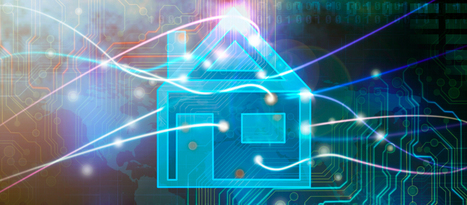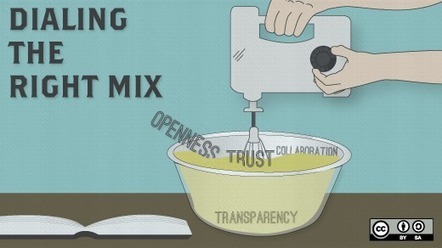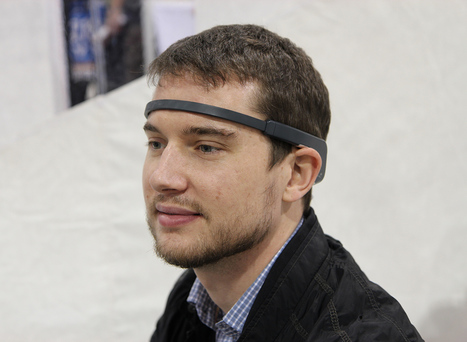Lots of economists are not very optimistic about the future. And this has got to stop argues Mark Cliffe. ING’s chief economist shines his - positive - light on the global economy.

|
Scooped by Luca Naso |
I was not aware of the existence of economic theories that disagree with the positive effect of the digital revolutions. Their main points are:
1. The impact of the current ICT revolution is not as radical as the previous one (steam engine, railways, telephone ...)
2. Too many traditional businesses are disappearing, and the average required level of skills to enter the market is going up
3. The peak of the revolution has passed, and the progress is slowing down.
Mark Cliffe, ING's chief economist, replies like this:
1. Part of the current growth slowdown is due to the financial crisis
2. One needs more time to evaluate the impact of new technologies (even electricity took decades to have its full effect)
3. A key aspect of the "Anytime Anywhere" technology is its network effects, i.e. benefits spread faster with adoption
4. Hundreds of millions of people in the emerging world are being lifted out of poverty
5. The digital revolution is actually increasing, becoming the Internet Of Things, or "Anytime, Anywhere, Anything" economy
In such a scenario machine learning and predictive anlytics will be essential to not drown in Big Data. But keep this in mind: "Machines are for answers, Humans are for questions".



 Your new post is loading...
Your new post is loading...






















ajouter votre perspicacité ...
There will be a future regardless
Change is good and wee need to adapt, and fast!